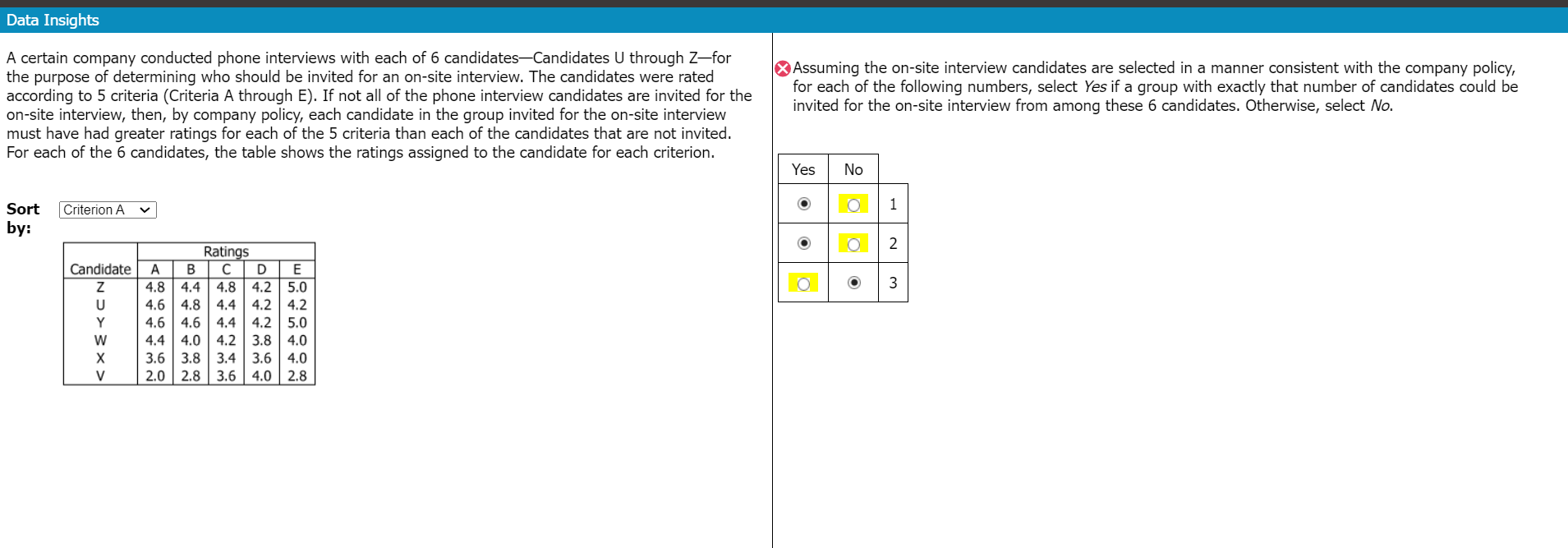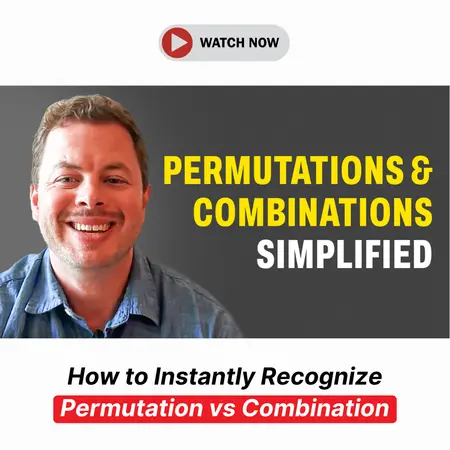Events & Promotions
|
|

GMAT Club Daily Prep
Thank you for using the timer - this advanced tool can estimate your performance and suggest more practice questions. We have subscribed you to Daily Prep Questions via email.
Customized
for You
Track
Your Progress
Practice
Pays
Not interested in getting valuable practice questions and articles delivered to your email? No problem, unsubscribe here.
- Nov 20
07:30 AM PST
-08:30 AM PST
Learn what truly sets the UC Riverside MBA apart and how it helps in your professional growth - Nov 22
11:00 AM IST
-01:00 PM IST
Do RC/MSR passages scare you? e-GMAT is conducting a masterclass to help you learn – Learn effective reading strategies Tackle difficult RC & MSR with confidence Excel in timed test environment - Nov 23
11:00 AM IST
-01:00 PM IST
Attend this free GMAT Algebra Webinar and learn how to master the most challenging Inequalities and Absolute Value problems with ease. - Nov 25
10:00 AM EST
-11:00 AM EST
Prefer video-based learning? The Target Test Prep OnDemand course is a one-of-a-kind video masterclass featuring 400 hours of lecture-style teaching by Scott Woodbury-Stewart, founder of Target Test Prep and one of the most accomplished GMAT instructors.
Kudos
Bookmarks
1: No
2: No
3: Yes
Be sure to select an answer first to save it in the Error Log before revealing the correct answer (OA)!
Difficulty:
 65%
(hard)
65%
(hard)
Question Stats:
74% (02:47) correct 26%
(03:00)
wrong
26%
(03:00)
wrong  based on 1371
sessions
based on 1371
sessions
History
Date
Time
Result
Not Attempted Yet
A certain company conducted phone interviews with each of 6 candidates—Candidates U through Z—for the purpose of determining who should be invited for an on-site interview. The candidates were rated according to 5 criteria (Criteria A through E). If not all of the phone interview candidates are invited for the on-site interview, then, by company policy, each candidate in the group invited for the on-site interview must have had greater ratings for each of the 5 criteria than each of the candidates that are not invited. For each of the 6 candidates, the table shows the ratings assigned to the candidate for each criterion.
Assuming the on-site interview candidates are selected in a manner consistent with the company policy, for each of the following numbers, select Yes if a group with exactly that number of candidates could be invited for the on-site interview from among these 6 candidates. Otherwise, select No.

DS 1.png [ 112.6 KiB | Viewed 12882 times ]
Assuming the on-site interview candidates are selected in a manner consistent with the company policy, for each of the following numbers, select Yes if a group with exactly that number of candidates could be invited for the on-site interview from among these 6 candidates. Otherwise, select No.
Rating | |||||
| Candidate | A | B | C | D | E |
|---|---|---|---|---|---|
| Z | 4.8 | 4.4 | 4.8 | 4.2 | 5.0 |
| U | 4.6 | 4.8 | 4.4 | 4.2 | 4.2 |
| Y | 4.6 | 4.6 | 4.4 | 4.2 | 5.0 |
| W | 4.4 | 4.0 | 4.2 | 3.8 | 4.0 |
| X | 3.6 | 3.8 | 3.4 | 3.6 | 4.0 |
| V | 2.0 | 2.8 | 3.6 | 4.0 | 2.8 |
Attachment:
DS 1.png [ 112.6 KiB | Viewed 12882 times ]
| Yes | No | |
| 1 | ||
| 2 | ||
| 3 |
ShowHide Answer
Official Answer
1: No
2: No
3: Yes
Kudos
Bookmarks
I came up with this.
First, I sorted A, Z had the highest rating. However, sorting B showed U had the highest rating, meaning Z doesn’t dominate all criteria.
So, Q1 = No.
For two candidates, because Y and U had same ratings in A. we couldn't invite only Z and Y or Z and U.
Thus, Q2 = No.
For three candidates, sorted all criterion and found that Y, U, and Z together meet the requirement, with no other candidate having a higher rating.
So, Q3 = Yes.
Hope this helps!
First, I sorted A, Z had the highest rating. However, sorting B showed U had the highest rating, meaning Z doesn’t dominate all criteria.
So, Q1 = No.
For two candidates, because Y and U had same ratings in A. we couldn't invite only Z and Y or Z and U.
Thus, Q2 = No.
For three candidates, sorted all criterion and found that Y, U, and Z together meet the requirement, with no other candidate having a higher rating.
So, Q3 = Yes.
Hope this helps!
Kudos
Bookmarks
yikes000
The table gives the ratings that six candidates, U through Z, get in 5 different categories. If a person is selected, then every other person having a rating higher in each of the categories is also selected.
The question asks us to find how many candidates could have been called for on site interview.
Any one called should have the ratings in each category higher than who are not called. For example, someone, say T, with the highest rating in one criteria but lowest in another would ensure that he is selected if any one is selected ( T has highest rating in one criteria) and that everyone is selected if he is selected ( T is the lowest in one criteria).
(a) If we look at the candidates and ratings in criteria, V is lowest in 4 of them and not the highest in any. So, he is surely left out if all six were not called.
(b) However, in D criteria, X and W have got lesser lesser rating than V. So, if V is left out, X and W are also surely left out.
From the above two, we can say all six can be called but not four or five as X, V and W have higher ratings than eac other in some criteria.
Thus, remaining three (3) can be called for interview as their ratings are higher in all categories than the threes who are not called.
(c) Next, U out of the remaining three has the highest rating in B, so cannot be left out else all will have to be rejected,
(d) But U out of the three also has the lowest rating in E amongst the three, so cannot be selected unless other two are selected.
Thus, there is no one amongst three who has the highest rating in all the categories. Thus we can have three selected, but not one or two.
1: No
2: No
3: Yes










